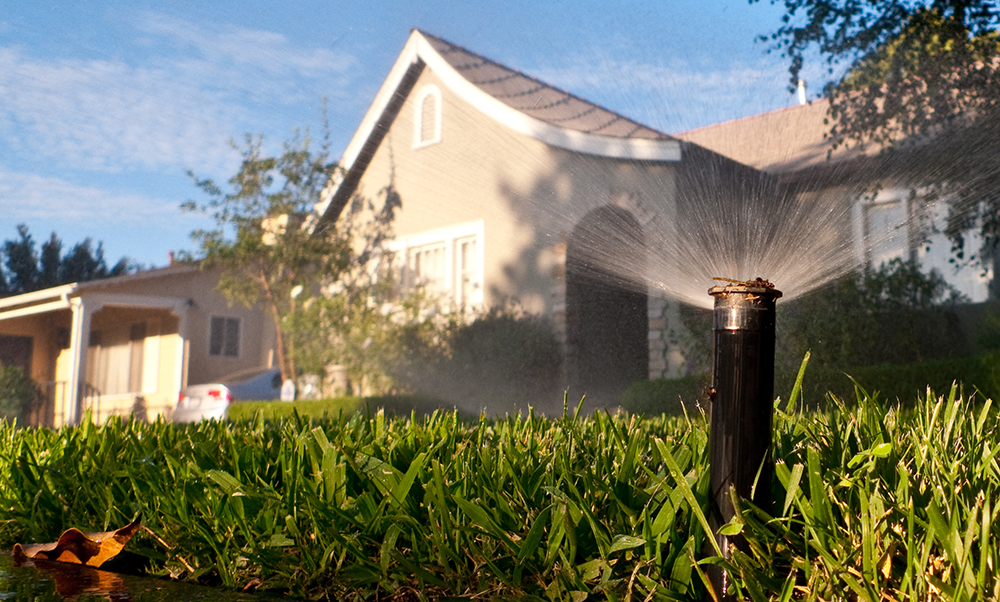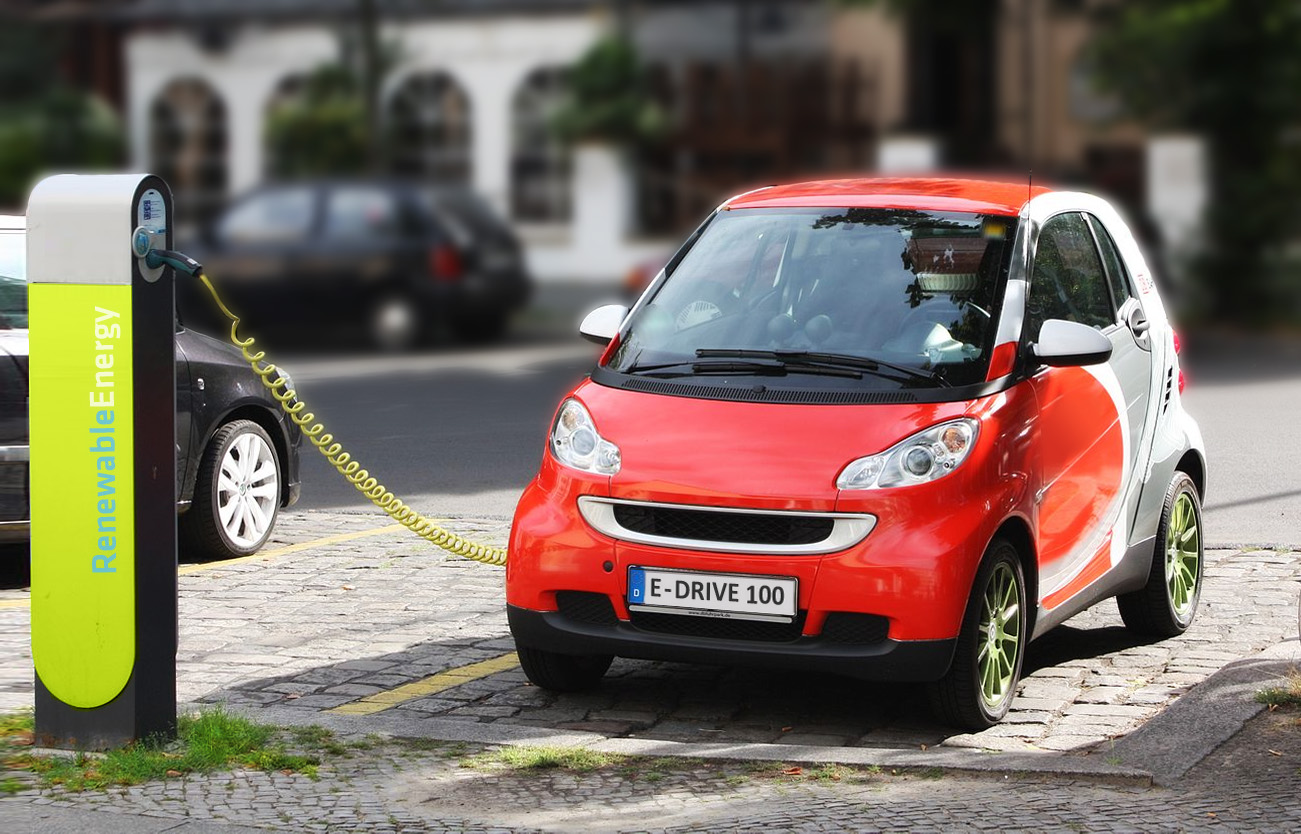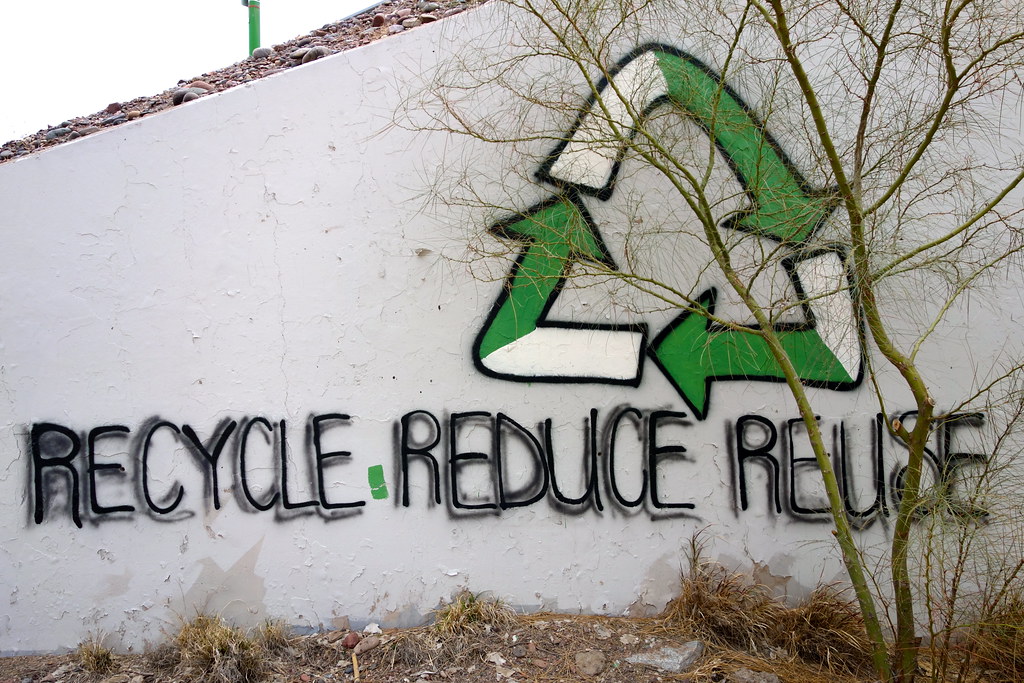It’s All Started At Our Homes
Many of our regular actions generate carbon footprints, such as driving with gasoline, heating our homes with oil or gas, or consuming electricity generated from coal, natural gas, and oil.
Individuals’ greenhouse gas emissions differ based on their geography, lifestyle, and personal preferences. As an example:
- The type of fuel used to generate the energy and the amount you consume
- The performance, size, and insulation of your home, and the amount and kind of fuel consumed
- How often you drive, the fuel economy of your vehicle, and how you drive (e.g., the amount of time spent idling in traffic)
Because of the urgency of climate change, we’re paying more attention than ever to our own footprints. In order to limit global warming to 1.5°C, we must cut greenhouse gas emissions by 2.5 tonnes of CO2 per person per year by 2030.
However, a recent academic study examined over 275,000 household budget surveys from 26 nations and discovered that only approximately 5% of EU families live within these restrictions.
What Exactly is “Carbon Footprint”?
An individual’s carbon footprint or carbon emission is basically the total quantity of greenhouse gases (including carbon dioxide and methane) that are produced by their activities. Every one of us has a carbon footprint — every human, machine, plant, and even animal adds to carbon emissions or reductions.
If you’re wondering how much footprint your household might be causing, you can simply “Calculate Your Carbon Footprint.”
Here are some simple ways to lower carbon emissions at home.
Reduce your water usage

The first simple way to cut the emissions at your home is by reducing your water usage. Water processing and delivery require energy and resources.
Furthermore, it takes a lot of energy to heat it once it’s there. You can assist the environment and reduce your carbon footprint by consuming less. Turning off the water when brushing your teeth, taking brief showers instead of baths, and beoiling just what you need would be an easy way to start!
Adapt your diet

The food we eat can have a big environmental impact. Meat and dairy products, for example, take a lot of land, water, and energy to produce. They also produce a lot of methane, which is a greenhouse gas. Furthermore, food delivered from outside consumes far more resources than local crops.
You can make a major difference by eating fewer animal products, especially red meat (or opting for a plant-based diet) and purchasing locally sourced food. Why not support your local farmers?
Plant trees in your community or support tree-planting initiatives

One of the most effective ways to decrease your carbon footprint at home is to actively try to lessen your influence while also restoring the environment. Even if you have trees in your community that are doing an excellent job of converting CO2 into oxygen, their numbers are still in a decline.
As per new study undertaken by the University of Plymouth, more than half of Europe’s forests have vanished during the last 6,000 years due to increased demand for agricultural land and the use of wood as a fuel source.
Planting native trees in your town, as well as giving to and sponsoring tree planting groups, can help you minimize your carbon footprint.
Avoid leaving appliances on standby

Let’s begin with an oldie but a goodie. To the Energy Saving Trust, gadgets plugged in on standby account for between 9% and 16% of UK residential energy used.
It is calculated that this will cost the UK around £86 (€100) per person every year. By turning off your appliances when you’re not using them, you’re not only helping the environment but also saving money.
This study also discovered that the older an item, the less energy efficient it is. If you’re on a tight budget, it’s unlikely that you’ll be able to replace all of your items, such as kettles, TVs, and speakers. Simply disconnecting them — or, better yet, switching the plug off when they’re not in use — is a simple approach that helps.
Choose an electric vehicle

Many of us need a vehicle, and going electric makes a significant difference. If public transportation, walking, or bicycling are not options, an electric car or scooter can help save the environment.
A average gas vehicle emits roughly 4.6 metric tonnes of CO2 per year, while highway traffic in general generates more than one billion tonnes of greenhouse gases every year.
While not everyone is in the market for a new vehicle, if you are, consider switching to an electric vehicle to lessen your carbon impact.
Replace your water heater with a heat pump
Heat pump water heaters, according to Energy.gov, may be 2-3 times more energy-efficient than other types of water heaters.
While tankless water heaters are convenient and popular owing to their compact footprint, they aren’t as energy efficient as a heat pump water heater. So, before deciding what’s best for you, do a thorough comparison.
Reduce, reuse, and recycle

Everything has a carbon footprint, whether it’s paper, technological equipment, packaging, or water. You can make a significant difference by reducing the amount of waste you create, reusing old equipment, and recycling waste.
Every little amount counts when it comes to lowering your household’s carbon impact. As a first step in making an impact on global warming, you may start by changing your habits and adopting new ones, such as recycling or purchasing environmentally-friendly items.
When it comes to cutting your family’s environmental footprint, there’s no better place to start than in your own home!
Editor’s Note: The opinions expressed here by the authors are their own, not those of Impakter.com — In the Featured Photo: The front entrance of the Anne of Green Gables home. Featured Photo Credit: Flickr.









